We are helping farmers to maximise their homegrown feed potential. Our people, knowledge and expertise are on hand to help you grow the best quality and quantity forage for your livestock.
Corteva Agriscience Forage Hub
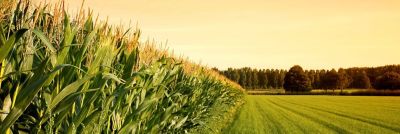
Solutions for your forage crop
Maximising your homegrown feed potential can contribute to a more sustainable and resilient future, as reducing your reliance on bought in feeds can bring both financial and environmental benefits.
Explore Corteva’s solutions for your new sown leys, established grassland, maize and silage inoculants.
In season advice and news
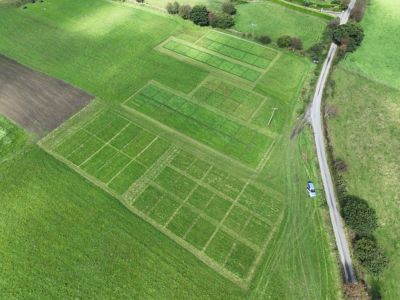
ProClova XL and ProGrass now registered!
Corteva Agriscience™ has just gained approval from the UK’s regulatory authority for pesticides, Chemicals Regulation Division (CRD), for two new selective herbicides for use on grassland.
Read the latest update
Pioneer Maize Hybrids
Take a look at our Pioneer maize hybrids suitable for forage, biogas and grain maize.
Find out more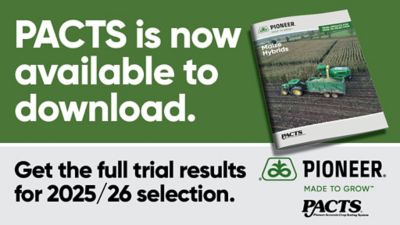
PACTS for 2025/26 selection is now available
We are very pleased to present to you the Pioneer maize hybrid range for 2025 and the results of the 2024 PACTS Trials. PACTS is an abbreviation for ‘Pioneer Accurate Crop Testing System’.
Download hereProduct highlights

ProClova XL
ProClova® XL is a highly effective broad-spectrum clover-safe weed control solution for use in newly sown leys and established grassland. ProClova XL enables farmers to successfully establish and preserve clover populations in grassland and realise the benefits of its inclusion which range from nitrogen fixation, improvement of soil structure and biodiversity improvement.
Find out more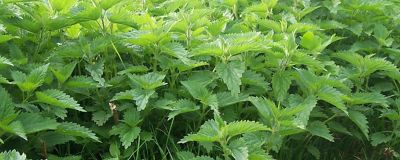
Grazon Pro
The power of Grazon® Pro provides excellent control of broad-leaved dock, curled dock, creeping thistle, spear thistle and common nettle and also has an effect on a large range of other weeds.
Find out more
ProGrass
ProGrass is a selective herbicide for use in established grassland to control tough-to-kill perennial weeds namely: docks, buttercups, dandelion, common nettle, cow parsley and common hogweed.
Find out more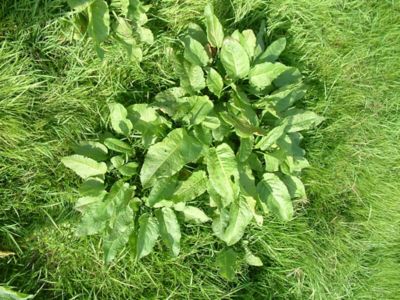
Thistlex
Thistlex® is a very effective translocated product for the control of both creeping and spear thistle. It is very safe to grass and provides up to 85% control 12 months after application.
Find out moreResources
Browse our extensive resource collection to tap into a wealth of information and expertise from our specialists, who are on hand to give you the knowledge and resource you need.

Forage App
The Forage App features a range of resources to help farmers maximise their grassland quality. You’ll have access to the best new and upcoming product solutions, the latest newsletters, guides, research tools and more.
Download Now
Forage Agronomy Update
In-season agronomy updates for livestock farmers and forage advisors. Sign up to receive these updates direct to your inbox!
Sign up
Meet the team
Our forage specialists are on hand to support you with experience and local advice. You can also find details of our Hotline for technical enquiries.
Learn MoreFrequently Asked Questions
When is best to spray docks & thistles?
Wait for active growth. Target spray at a rosette stage - 15cm across. Once a seed head appears, performance will be less. Take a look at the Spray Timing toll in Support Tools of the Corteva Forage App to get more information.
When is the best time to control buttercups?
Best control is achieved by application pre flowering to active leaf growth. This is likely to be in April.
Which Corteva grassland products control ragwort?
Only Forefront® T controls ragwort. Other products can have some effect so if ragwort is present at the time of spraying ensure animals are returned when either ragwort has decayed completely or has greened back up and become unpalatable again.
Where can I find the latest edition of the Forage Update?
Click here to read our latest edition.

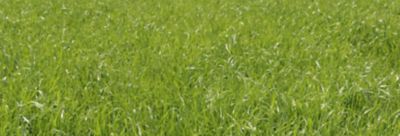
)

